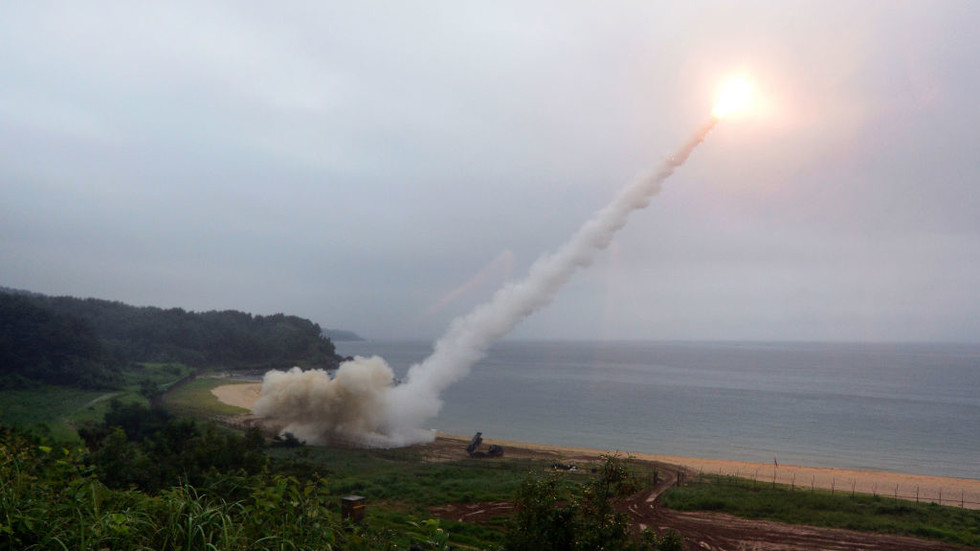Recent reports from The Times and Forbes highlight a significant concern regarding Ukraine’s stockpile of American-made Army Tactical Missile Systems (ATACMS). Both publications claim that Ukraine has fewer than 50 of these long-range missiles, capable of striking targets up to 190 miles away. This shortage of weaponry could severely impact Ukraine’s military operations against Russian forces, particularly given the missiles’ strategic importance in targeting deep within Russian territory. The exact number of ATACMS delivered to Ukraine is undisclosed by the U.S. government; however, The Times estimates the figures to be around 50, while Forbes suggests it may be even lower, revealing that only two shipments have occurred since late 2023. As the missiles are used in raids against Russian targets, reports suggest that Ukraine’s supply is dwindling.
The authorization by U.S. President Joe Biden for Ukraine to use ATACMS inside Russia’s pre-2014 borders marks a notable shift in U.S. policy, escalating Moscow’s concerns and drawing sharp reactions from Russian officials. The foreign ministry spokesperson Maria Zakharova articulated that strikes from Ukraine using these missiles would be interpreted as direct NATO participation in the conflict, potentially heightening tensions further. In response to perceived threats from long-range Western weaponry, Russia has updated its nuclear doctrine, indicating a serious shift in its defense posture amid escalating hostilities. The recent use of ATACMS to target a munitions depot near the Russian border demonstrates Ukraine’s tactical aspirations, even as Russian defense claims to have intercepted several incoming missiles.
Ukraine’s ability to utilize the ATACMS is also constrained by strategic considerations, as the western long-range weaponry is reportedly allocated for specific regions, particularly in areas like Kursk where Ukrainian forces have made territorial gains. Analysts suggest that Ukraine may be reserving these valuable missiles for high-priority targets, such as supply depots and command centers, rather than widespread use, due to their limited availability. This careful selection of targets is crucial due to the diminishing stockpile, which requires Ukrainian military commanders to prioritize which strikes would be most impactful.
Exacerbating the situation is the uncertainty surrounding ongoing U.S. military support for Ukraine. With President-elect Donald Trump expressing skepticism about continued support for Ukraine in his upcoming administration, concerns loom about the future of military aid. This political landscape may affect Ukraine’s strategy and operational capability, especially as experts from Forbes speculate that the current supply of ATACMS could be completely exhausted by as early as 2025. This reinforces the strategic challenge Ukraine faces in maintaining pressure on Russian forces while grappling with the long-term sustainability of its military operations.
Ukrainian President Vladimir Zelensky has acknowledged the deployment of ATACMS without providing specific operational details. His declaration that “we have ATACMS, and we will use them all” reflects a determination to maximize the weaponry’s utilization despite the evident limitations in supply. His assertion signifies Ukraine’s commitment to leveraging every available opportunity to bolster its defense and strategic positioning, even as the broader geopolitical dynamics remain in flux.
In conclusion, the reports regarding the limited stockpile of ATACMS signal a critical juncture for Ukraine’s military capabilities in the ongoing conflict with Russia. With geopolitical tensions escalating and a potential shift in U.S. support on the horizon, the effective use and management of these long-range missile systems will play a vital role in determining the course of Ukraine’s military strategy. The situation remains fluid, with both tactical implications on the ground and broader political ramifications that could influence the conflict’s trajectory and the balance of power in the region.

